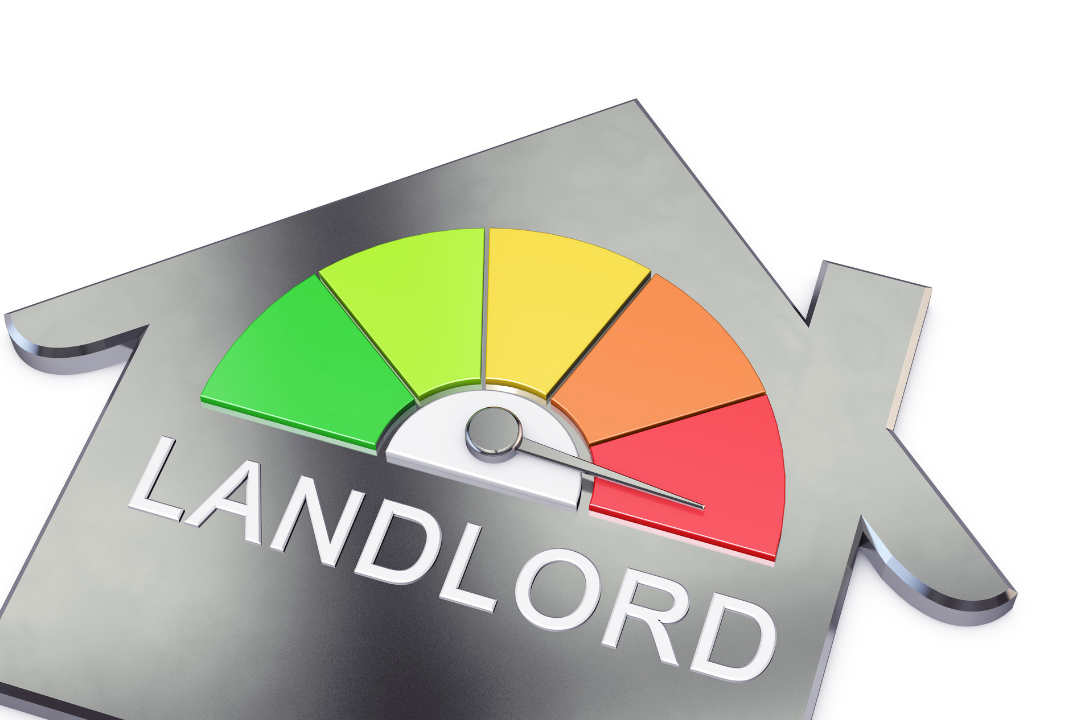
Top Tips on How to Become a More Sustainable Landlord
Did you know buildings contribute around 19% of all UK greenhouse gas emissions?
The UK government launched the Green Homes Grant in September 2020 that closed to new applications on 31st March 2021. The Green Homes Grant Voucher Scheme is seen as a significant investment in recycling energy by the government to reduce carbon emissions and work towards a greener planet.
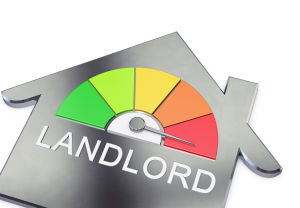
This grant was designed to reward homeowners and landlords in England to help pay for some energy-efficient home improvements. Property landlords could use the voucher to cover up to two-thirds of their home improvement costs, with the maximum government contribution being capped at £5,000. Low-income households were eligible to receive up to £10,000. Even though the scheme has closed, some local councils such as Redbridge are running their own green schemes, you would need to contact them directly to find out more alternatively we can still contribute to a greener planet by adopting energy-efficient practices.
In this article, we have rounded some useful tips that can help you become a more sustainable landlord:
Replace Bulbs with LED Lightbulbs
A positive step towards being a greener landlord is by replacing the halogen bulbs in your home with LED light bulbs. Compared to other types of light bulbs, LED lights are up to 80% more efficient. They also last longer and emit more light. Tenants too can benefit from this switch as it can considerably reduce their electricity bills.
According to the Energy Saving Trust report, an average household can save around £40 per year on bills. If you want to go a step further, you may install smart lighting with motion sensors. These sensors can trigger the light when someone enters a room and go off on their own after periods of inactivity.
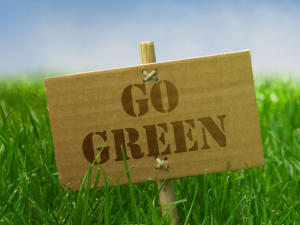
Switch to Smart Heating
Using a programmable thermostat can go a long way in sustainable living. With a learning thermostat, your tenants can be proactive and save energy with smart heating. They can adjust the heating or air conditioning on their phones and set different temperatures for different rooms based on which ones they use most. With zone controls, the tenants can reduce energy wastage by heating the rooms that are currently in use instead of the whole property.
Install a Smart Meter
A smart meter records your energy usage and sends it to your energy supplier for keeping track. They are often installed free of charge by your electricity supplier and can help you understand how your energy use could be more efficient. The in-house display gives you a half-hourly update for gas and energy used in the last hour, week and month. Additionally, smart meters can work in credit or prepayment mode and give you access to a broader range of tariffs.
Ditch Gas
If you own a small home, it’s a great idea to replace your gas boilers with heat pumps. A ground source or air source heat pump is a low-carbon source of energy that’s easy on the pockets. Households across UK are set to receive subsidies of £5,000 from next April to make the switch. For larger homes, consider installing solar panels if there’s space. It will only be a one-time investment but will reap returns for the long run by saving on utility bills. Plus, under the Smart Export Guarantee (SEG), you can make money for generating excess renewable electricity and putting it into the grid.
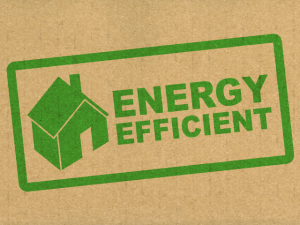
Make Recycling Your Mantra
How about introducing recyclable bins to your tenants for an eco-friendly living? It’s advantageous for you too as you may be able to sell the recyclable materials at your local recycling centre. By choosing to re-use the materials instead of dumping them in the trash, recycling helps reduce the load on our country’s landfills. Not to mention, you will sleep better at night knowing that you are contributing to cleaning up the Earth and minimizing the carbon footprint.
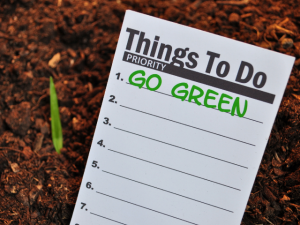
Consider Low-flow Shower Heads
Saving water is another brilliant initiative that can set you on the path to becoming a green landlord. If your home has high-pressure shower heads, they empty the water tanks much faster. Consider switching to low-flow shower heads that can deliver good pressure while still saving water. Low-flow shower heads give the feel of a normal shower while aerating the water that comes out of it. They are quite inexpensive too and can be easily swapped with high-pressure shower heads.
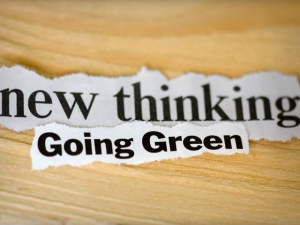
Rethink Your Windows
If you can’t afford to install solar panels, you can make the most of the sun with high-quality window blinds and larger windows. Double or triple glazing on the windows can make it easier for the room to heat and reduce any heat loss. It can significantly cut down on your electricity bills by allowing more sunlight in during most part of the day.
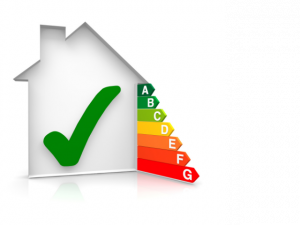
Pay Attention to Insulation
Typically, 25% of your home’s heat is lost through rooftops. Needless to say, good quality insulation plays a major role in an eco-friendly lifestyle. If the existing insulation is less than 150 mm, it will be beneficial to bring it up to the recommended 270 mm by adding another layer. It’s best to check with your local authority to see if there’s any funding for roof and cavity wall installation that you can take the benefit of.
Dual Flush Toilet Converters
Dual flush toilets are an excellent option for the home to save water. These toilets are growing in popularity as they lower the water usage in your home and give you savings on your monthly water bill. Apart from saving costs, the design of a dual flush toilet can typically reduce clogging and save you the trouble of undesirable plunging expedition. They can be complicated to install, but worth the effort in the long run.
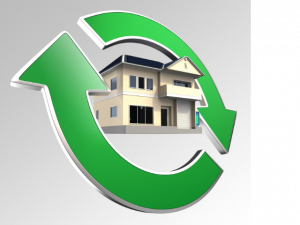
Having an environmentally friendly property sets you on the path to becoming a sustainable landlord. If you have an older unit, consider the above-mentioned tips to update your property. If we collectively enhance our homes with greener amenities, we will considerably contribute to lowering harmful carbon emissions and making our planet a better place to live in.

Articles
Our latest blog articles
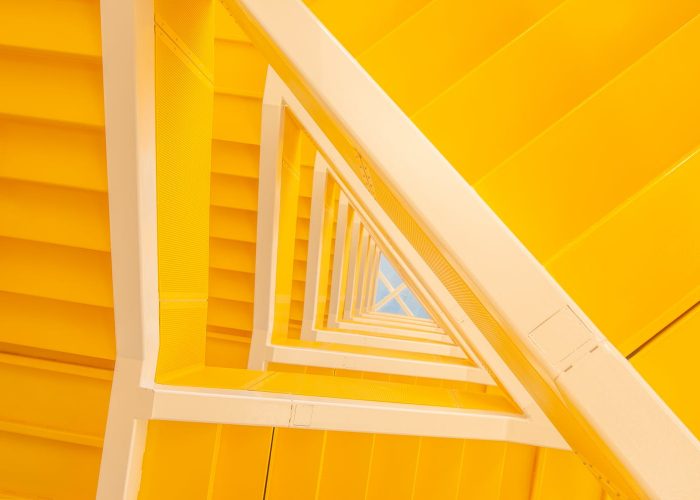
Has the Property Market Hit Its Ceiling?
According to Zoopla, in the last quarter of 2020 there were over 140,000 more people in the process of purchasing a property than there was in the pr...

A Landlord’s Guide to the Budget 2021 - Part 3
Recently, the Chancellor of the Exchequer Rishi Sunak delivered a ground-breaking UK Budget in the midst of the COVID-19 pandemic. Welcome to our fo...

A Landlord’s Guide to the Budget 2021 - Part 4
Recently, the Chancellor of the Exchequer Rishi Sunak delivered a ground-breaking UK Budget in the midst of the COVID-19 pandemic. Welcome to our fo...